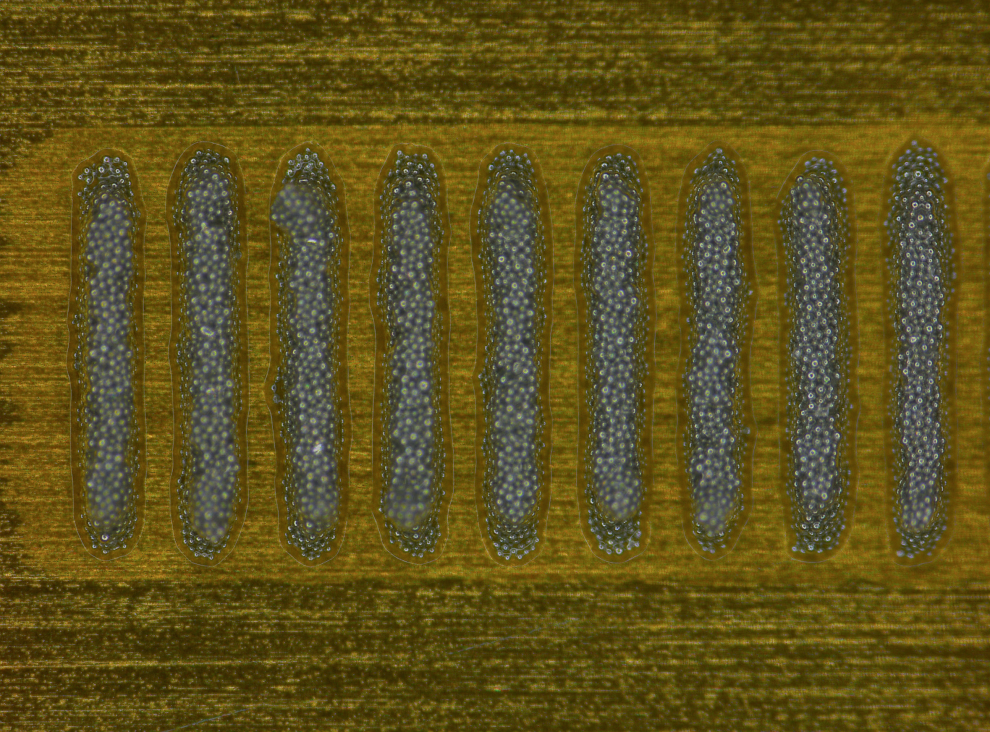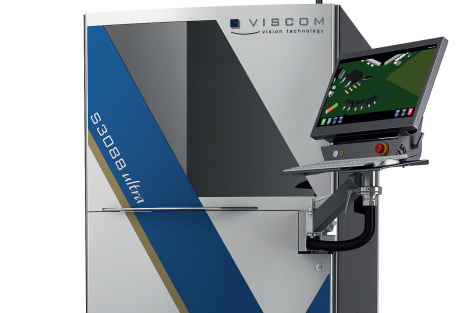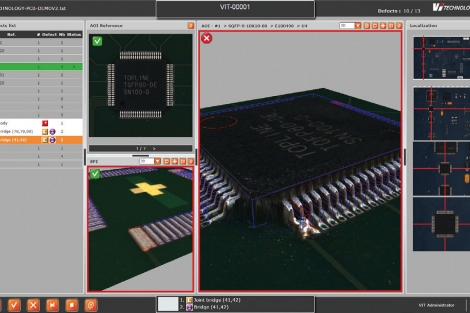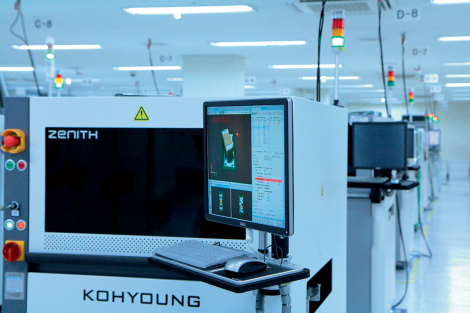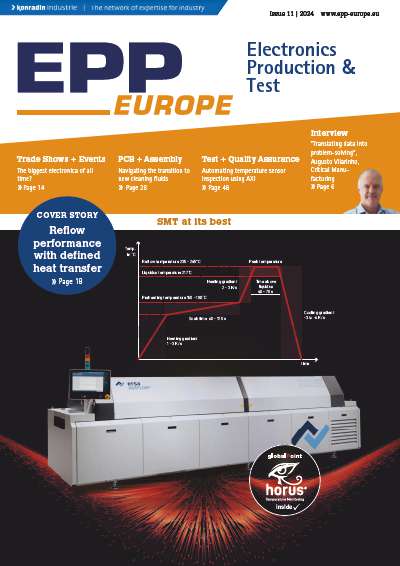„Quality is never an accident; it represents the wise choice of many alternatives.“ This quotation by William A. Foster aptly describes today‘s requirements for the selection of the right stencil material for printing. Nowadays, a large number of variants are available that are combined with diverse rework processes or coatings to make lasered stencils better. In the following, a few examples are described to help with the decision.
Rework is becoming increasingly more difficult to carry out, or is not permissible at all in newer finished products. For this reason, it is vital to do things right the first time. The continuously progressing miniaturization of electronic products, combined with increasingly finer grids and smaller apertures, places new requirements on the stencils.
Which does not make it easier to choose the right stencil from the different variants available. Very frequently, specialist rework or coating is then applied to achieve better release properties of the paste or reduce cleaning. Unfortunately, however, this very often has a negative effect on the life of the stencil.
With all these advantages and disadvantages in mind, research was ongoing in the past few years on how to improve the basic material of the stencil in order to avoid any additional processes, where applicable.
The newly designed CK Nanovate™ Nickel combines the improvements achieved over the past decade in respect of the printing performance and the life of the stencil.
- Improved paste release properties as a result of finer grain sizes and enhanced laser-cutting properties#
- Better sealing of the print deposit thanks to a sharper cutting edge on the circuit board side
- Self-cleaning effect almost equivalent to surface coatings
- Extended useful life thanks to improved hardness and ductility
- No waviness of the stencil on uneven printed circuit boards/substrates
As Tom Peters said: „All quality improvement comes via simplification.“ This means that if the raw material is already designed to guarantee a perfect print, there will be no need for any additional processes to improve it. As a result, error sources and additional processes are avoided and costs are reduced.
Lecture
The lecture looks at the history of stencil materials. Furthermore, it explains which raw material is best suited for printing stencils to achieve the best printing performance. These improved properties are documented in a number of comparisons and tests.
Statement
Miniaturization, smaller volumes and the complexity of the modules increase the demands for electronics production. As a result, the selection of the printing tool (stencil) is becoming even more important. In the past, less focus was placed on the raw material of the stencil as only a very limited choice was available. With the new CK Nanovate™ Nickel, a material specially designed for the requirements of the printing process is now being offered. As a result, it has become possible to improve the quality standards consistently. This development significantly supports the „zero defect strategy” in electronics manufacture.
In conjunction with a consistently high quality of the printing tool, this will provide customers with a competitive edge in the market. The primary goal to be achieved is to facilitate an efficient printing process that will save your resources and thus reduce the environmental impact.
New HighTech Materials for Stencil Printing
The precision stencil is the tool of choice for defining the print deposits in a wide variety of printing processes employed in the electronics industry. Since laser cutting machines were introduced, stainless steel has been the preferred raw material used for these stencils. For decades, the utilised stainless steel has not been changed, only the plates made from it have become increasingly thinner.
With the arrival of Ultra Finepitch components (e.g. 0201, 01005 and μBGA) and new printing media, the conventional raw material has reached its limits and new materials for manufacturing the stencil had to be found.
The lecture looks at the requirements that the raw material of the stencil must meet today. In this context, the manufacture, processing and also the impact on the print quality are examined in depth. A wide variety of stainless steel and Nickel materials are discussed. It will be pointed out which raw materials should be considered for
which printing requirements.
Listen to the presentation live at
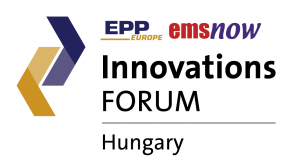 Budapest, May 25th, 9am – 5pm
Budapest, May 25th, 9am – 5pm
Register for FREE
Please use the registration code OLHUN17




